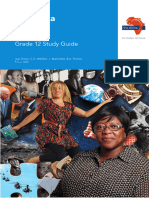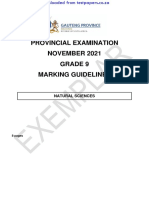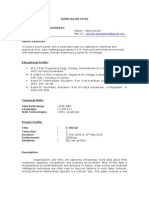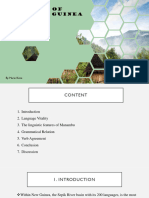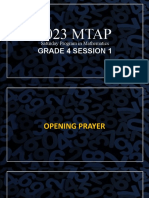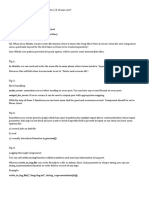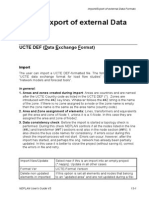100% found this document useful (1 vote)
2K views176 pagesEducation Through A Historical Lens
The document discusses the evolution of education in early Christianity, highlighting the role of catechumenal and cathedral schools in teaching the Christian faith and training clergy. By the 9th century, as Christianity became widespread in Europe, the need for catechumenal schools diminished. The Middle Ages, spanning from 450 to 1450, saw the Roman Catholic Church fill the void left by the Roman Empire, becoming the dominant institution in education.
Uploaded by
sedibeaquila918Copyright
© © All Rights Reserved
We take content rights seriously. If you suspect this is your content, claim it here.
Available Formats
Download as PDF, TXT or read online on Scribd
100% found this document useful (1 vote)
2K views176 pagesEducation Through A Historical Lens
The document discusses the evolution of education in early Christianity, highlighting the role of catechumenal and cathedral schools in teaching the Christian faith and training clergy. By the 9th century, as Christianity became widespread in Europe, the need for catechumenal schools diminished. The Middle Ages, spanning from 450 to 1450, saw the Roman Catholic Church fill the void left by the Roman Empire, becoming the dominant institution in education.
Uploaded by
sedibeaquila918Copyright
© © All Rights Reserved
We take content rights seriously. If you suspect this is your content, claim it here.
Available Formats
Download as PDF, TXT or read online on Scribd
/ 176















































